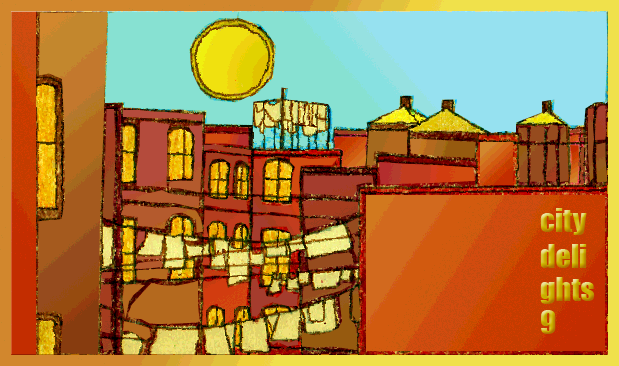
Clearly this image it today's obsession—halftone this time:
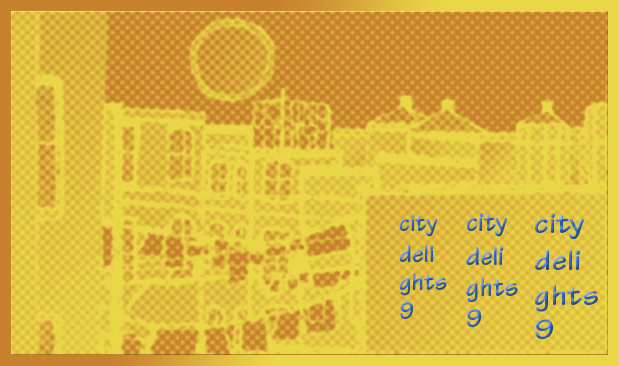
Neighborhood revitalization, brownfield reclamation,
storefront transformation, infrastructure rehabilitation...
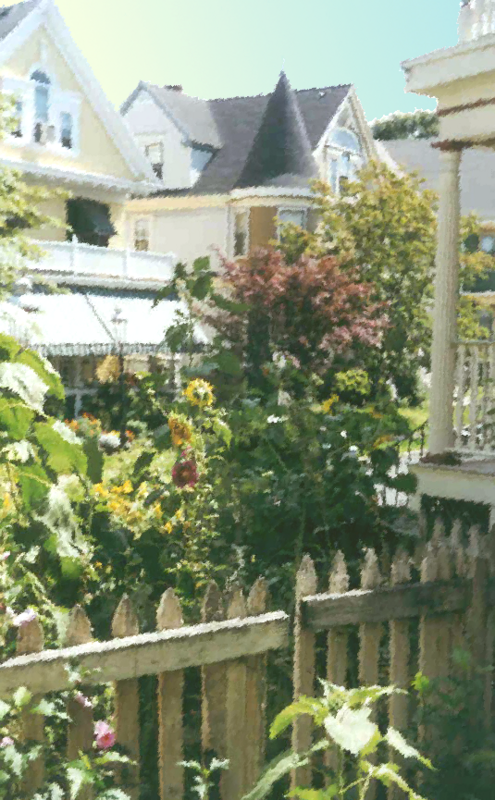
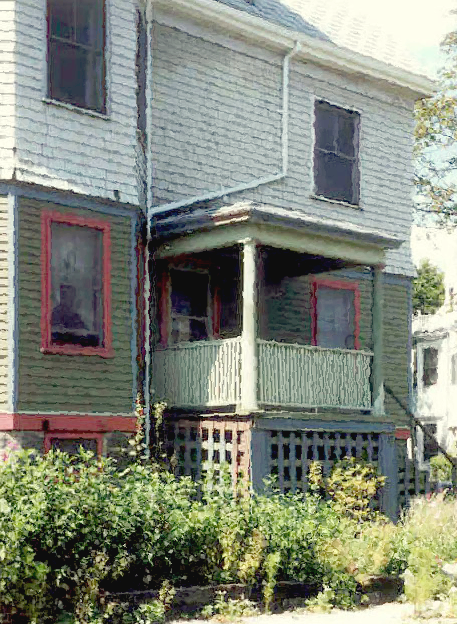
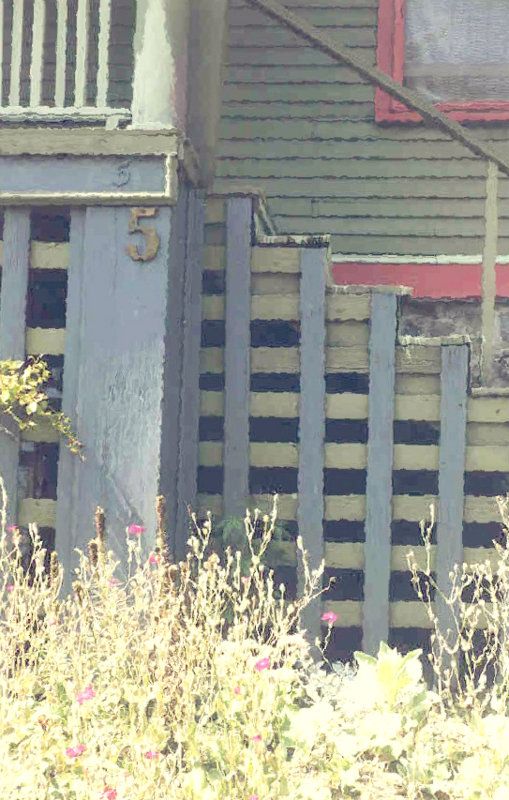
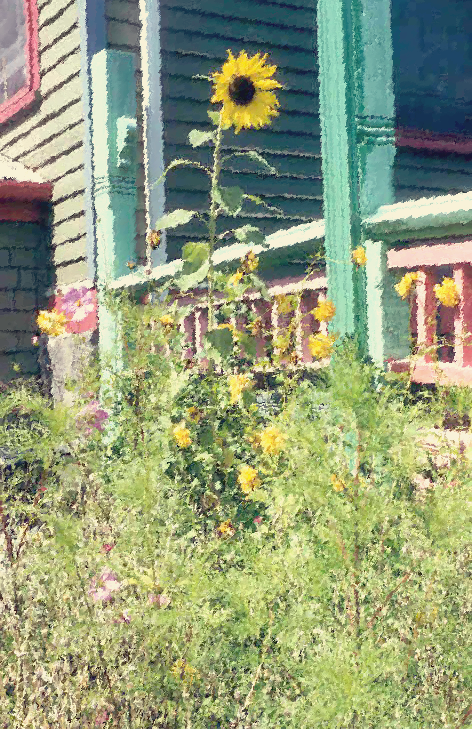

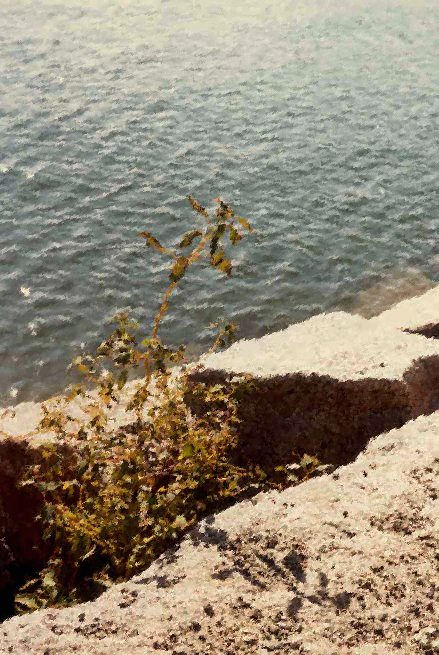
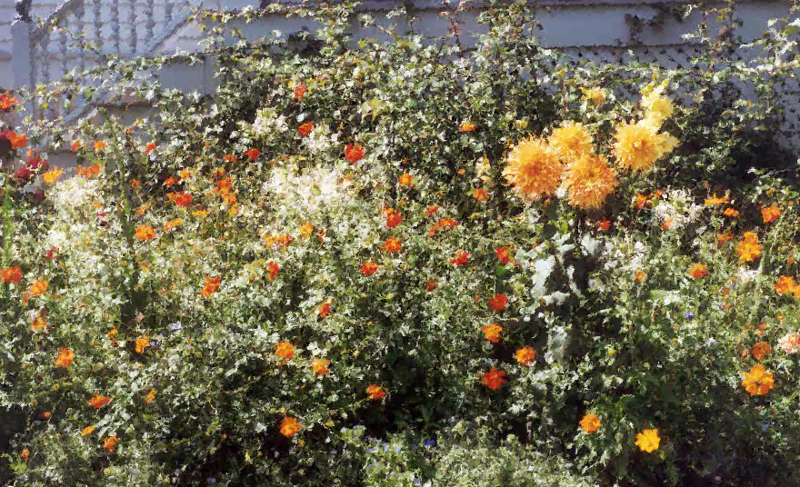
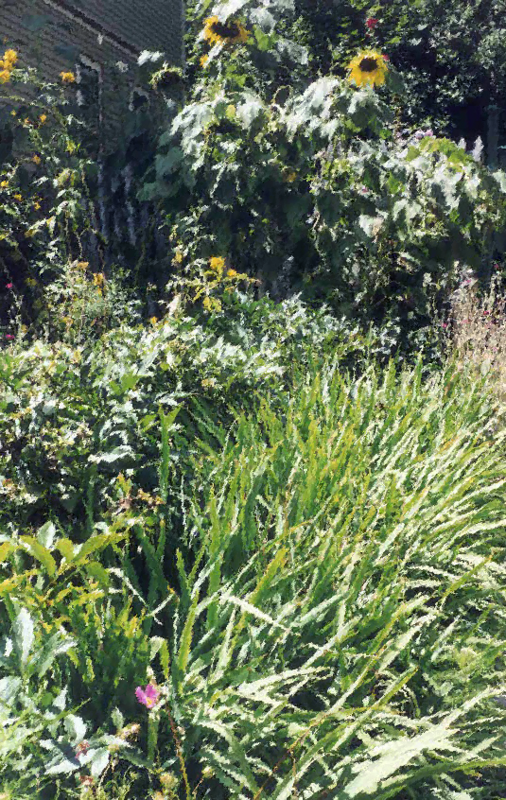
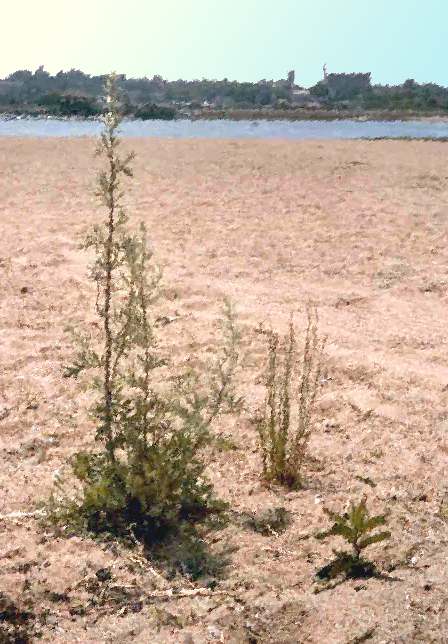
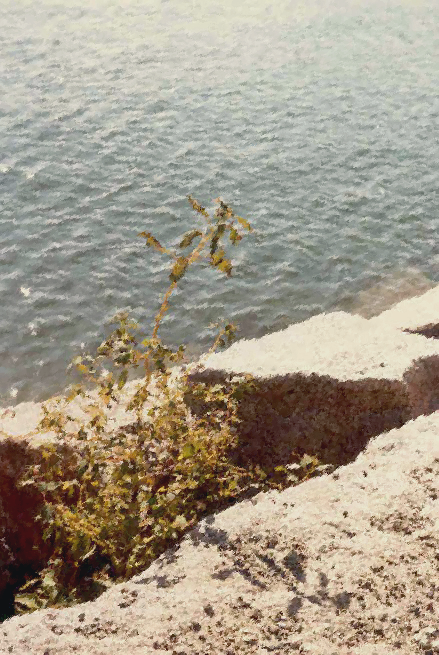
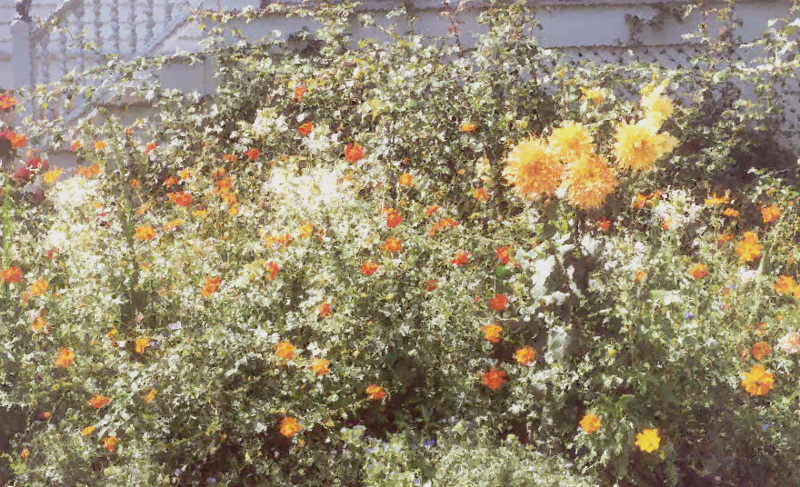
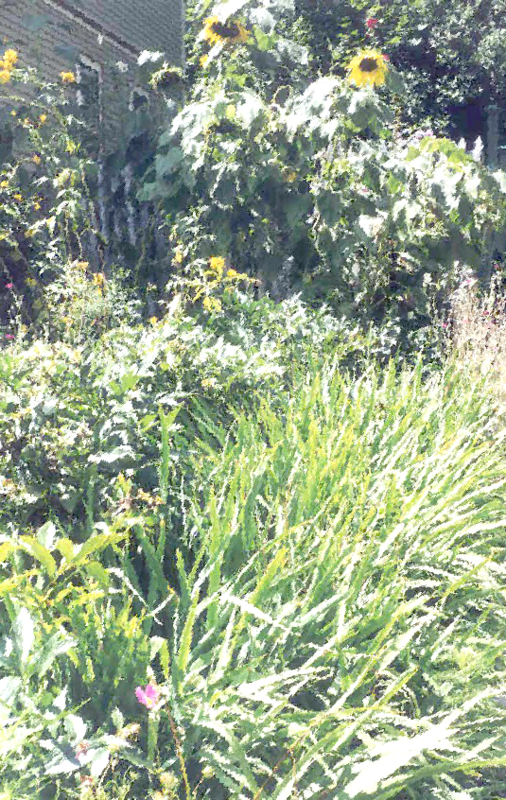
On a couple of my other blogs I've posted some old material; the following paragraphs are from a short-lived site I hosted during summer 2000 and so fun to remember and think about. I'm blogging the introduction here, and then posts on the three topics we actually developed, in topical order rather than jumbled according to date. In what used to be my almost usual social-scientist identity (whatever happened? It got outpaced by the theologian, I guess), I initiated the subjects we discussed.
A really really old one, spunoff some from our very first assignment when I decided to begin a second bachelor's degree. The course was introductory sociology; we got to go to the university library and choose an article from journals the professor had on reserve. Of course I had to choose something very urban: Society, v. 16 no. 6 pp. 4,6-7, September-October 1979
• New Mood Downtown: internet link
• Wolf Von Eckardt, New Mood Downtown
• Society: v. 16 no. 6 pages 4, 6-7 September-October 1979
This article is concentrated and conclusive regarding positive aspects of the current migration back into the cities as a place to live. Von Eckardt shows a tremendous amount of enthusiasm for city living. Reflecting on contemporary trends, he cites everything now [1979 for the article's date] happening in a most positive light, taking negatives exclusively from the 30 to 40 years preceding the back-to-city-living trend. Although the article is only three pages long and therefore limited in scope and depth, the author seems almost obsessively intent on proving his point and extending his own enthusiasm to the reader.
The essential thesis appears to be that use – or misuse – of architectural space is the prime humanizing or dehumanizing factor. Beginning with the fact of the physical return of people from suburbia to cities, and ending with the observation that it is people who are beginning to make their environment livable and workable, the writer lists a series of factors that contribute to the neglect and decay of the city:
In ages past I've posted versions of Main Street on two of my other blogs: this far by faith and suntreeriver. Although in the wake of yesterday's graduation from Design School I'll seriously be getting back to my theologian identity, I also want to write some new blogs for this site and revitalize some of my old blogs and other articles. Here's Main Street for suntreeriver verbatim:
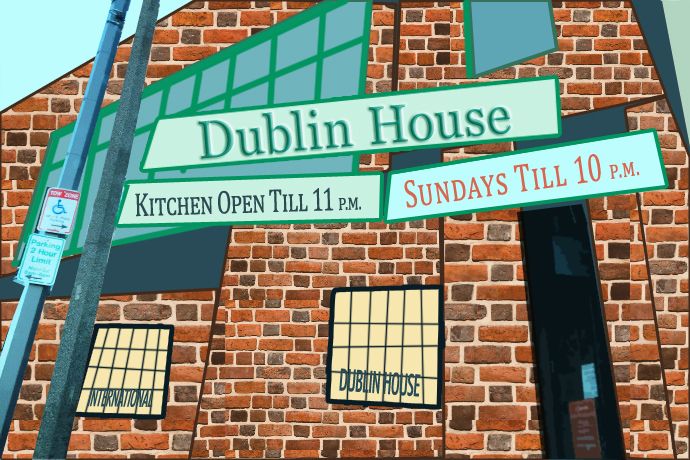
Another one! This takes us back to the same section of town in an earlier, simpler guise rather than in its later, increasingly sophisticated one:
This is not among my most sparkling literary achievements, but it portrays the neighborhood’s social location fairly well, though without any seriously sociological or anthropological commentary (no theological insights, either—after all, the weekly publication was not remotely church-related). With more protective changes of faces and places, in this review I’m still hiding the burden of guilt!Pete’s Eats and Sam’s II
Okay, all of you readers—since writing restaurant reviews for the local radical rag was probably my all-time favorite job anywhere at any time, I've decided to post a few more. These reviews are a indispensable part of my journeying this far by faith, but judiciously I've changed names, places, and some other specifics to continue protecting the guilty. As I chose my revisionist designations, I noticed how constantly I'm pulled back and forth between seacoast and desert. No surprise! But this time I stuck with the coast...
Another phase of my sometime journalistic career included articles on a pair of elementary schools; here’s one I wrote for the Interfaith Peacemaking Resource Center of Utah’s newsletter.
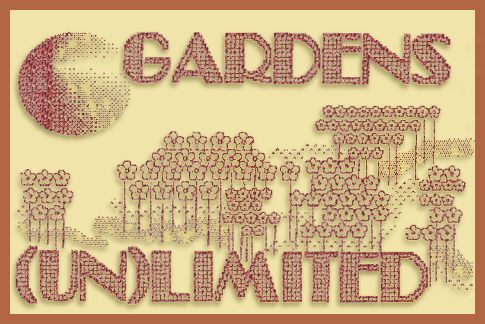 Close to downtown, close to the University of Utah, Wasatch is the school of choice for many parents seeking the very best, with students attending from all over the Salt Lake Valley. Abundant diversity included a 50/50 poverty/affluence ratio, many different races and ethnicities, single parent families, children of university professors, children of university students, kids from House Of Hope and from Ronald McDonald House...a vast range of students in every sense of the word.
Close to downtown, close to the University of Utah, Wasatch is the school of choice for many parents seeking the very best, with students attending from all over the Salt Lake Valley. Abundant diversity included a 50/50 poverty/affluence ratio, many different races and ethnicities, single parent families, children of university professors, children of university students, kids from House Of Hope and from Ronald McDonald House...a vast range of students in every sense of the word.Here’s a takeoff on what I did during my probably all-time favorite job—a volunteer job writing restaurant reviews for the local radical newsrag.
by Leah ChangWith all the yuppies, graduate students, young families and assorted others who've been moving into town, it's high time for the arrival of an establishment like Urban Coastal Cuisine!
Originally blogged on City Safari | City Delights, this one works for this site, as well.This article also published in the Interfaith Peacemaking Resource Center of Utah’s newsletter.
With these observations about Edison Elementary, we continue our series on Salt Lake City public schools that have a high proportion of “at-risk” students.
We were ring-around-the-rosy children
They were circles around the sun
Never give up, never slow down
Never grow old, never ever die young
Synchronized with the rising moon
Even with the evening star
They were true love written in stone
They were never alone, they were never that far apart
And we who couldn't bear to believe they might make it
We got to close our eyes
Cut up our losses into doable doses
Ration our tears and sighs ...
Oh, hold them up, hold them up
Never do let them fall
Prey to the dust and the rust and the ruin
That names us and claims us and shames us all

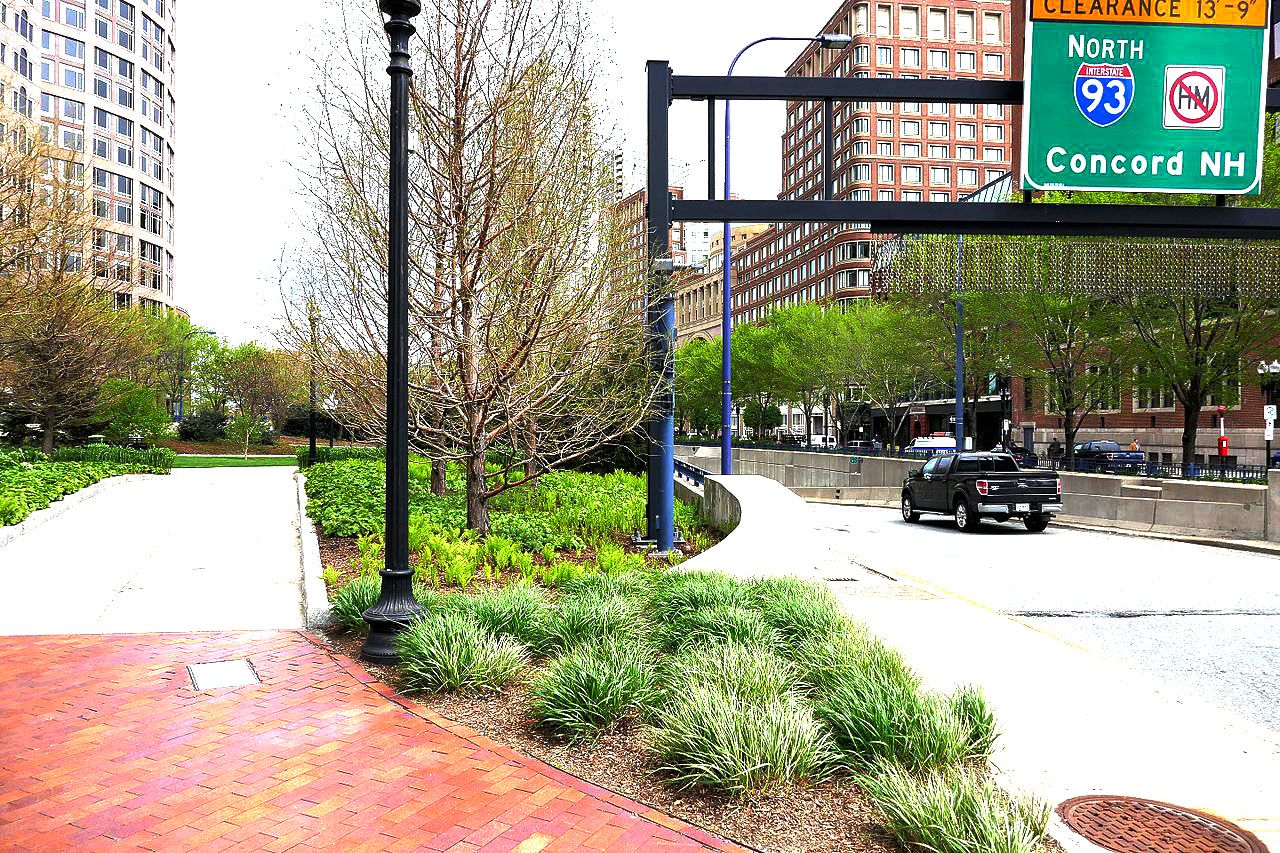
O Mount Kailas, uncover meEddie Money, Peace In Our Time, from The Sound Of Money
Come my restoration; wash my body clean
I've been walking along a crooked path
Where the walls have fallen and broken me in half ...
I'm telling you I will not rest till I lay down my head
In the house of stone and light
I make my way; O gonna be such a beautiful day
In the house of stone and light
Never gonna break down the wallspublic domain photographs from wikimedia commons
And build the prison with the stone
Cause you and I know what love is worth
We're gonna build a heaven on earth
Running in the wheels of fortune turning water into wine
Gonna make love the bottom line gonna find peace in our time
We're gonna build a heaven here on earth
Turning water, water into wine making love the bottom line
Finding peace, peace in our time